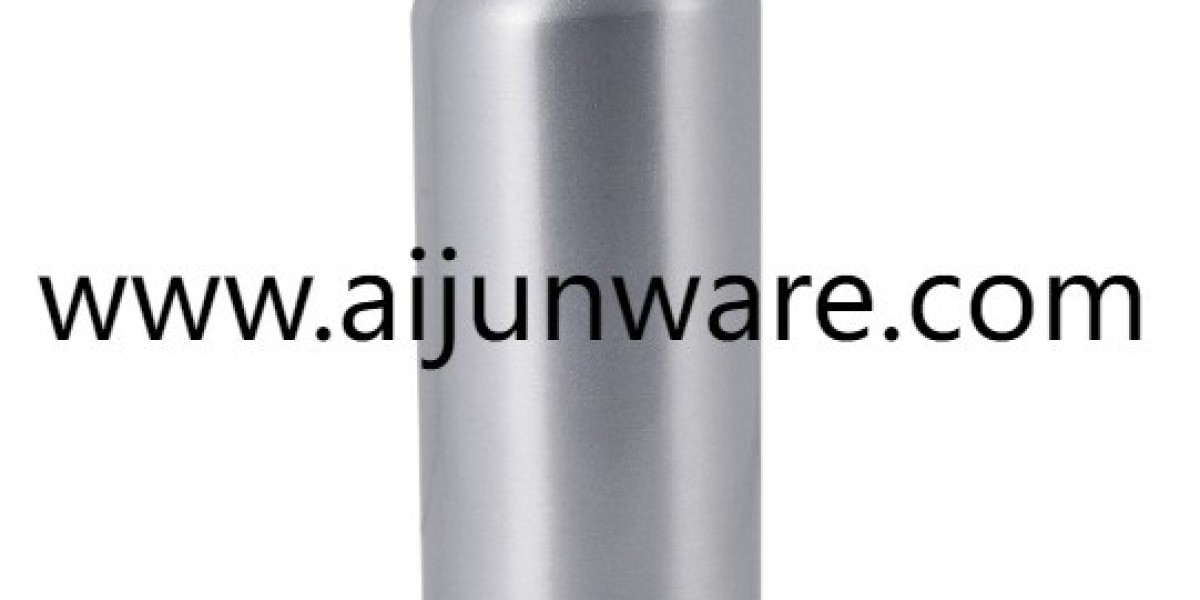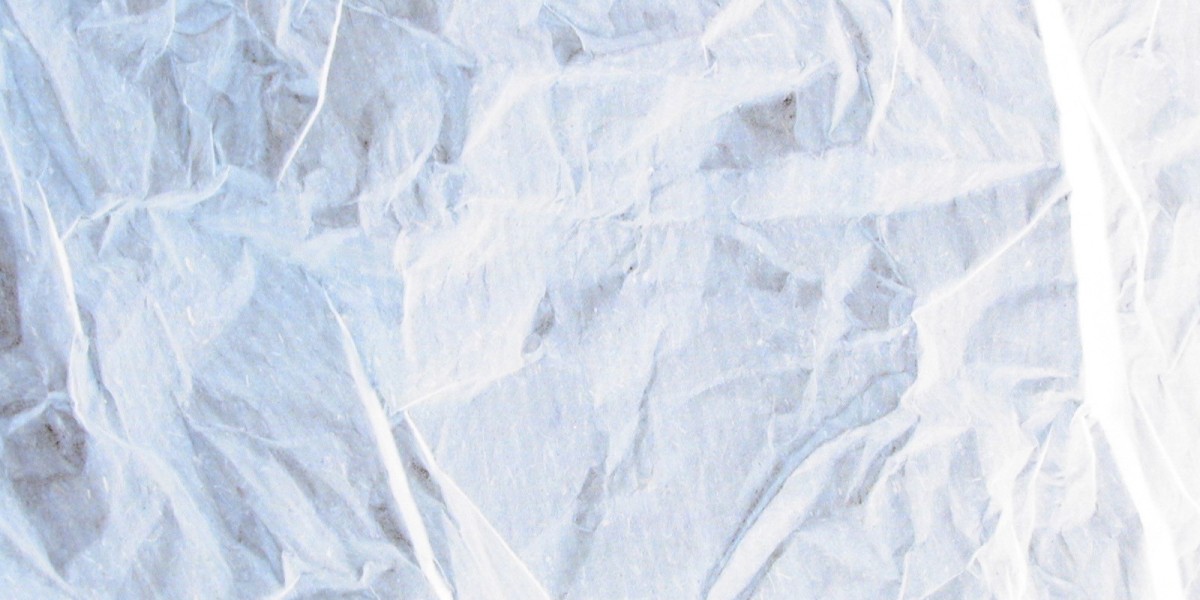Mornings on the move and longer outdoor shifts put attention on small engineering that keeps a drink steady, and a Thermos Vacuum Insulated Bottle Manufacturer often highlights the same basics when explaining how a bottle holds temperature. The story inside these vessels is straightforward physics paired with careful lid design and material choices that matter in daily life.
The core trick is removing the air between two walls. Air normally carries heat by moving and bumping into surfaces. When that space is evacuated there is nothing to convect heat from the inner wall to the outer one, and conduction across the gap drops dramatically. With both convection and conduction reduced the inner liquid exchanges heat far more slowly with the outside world.
Radiation is the remaining path for heat to travel. Manufacturers address that by adding a reflective finish to the inner surface which sends infrared energy back toward the liquid rather than letting it escape. A low emissivity inner surface and smooth polishing also cut the tiny radiative losses that remain. Together these measures make the vacuum layer much more effective than a single wall vessel.
The lid and seal are part of the insulation system, not an afterthought. Heat and cold escape fastest at openings, so a lid with a snug gasket and limited plastic contact minimizes air movement at the top. Some caps include small insulating inserts that raise the thermal barrier where a bottle is most vulnerable. Replaceable seals matter because a compressed gasket keeps the fit tight and prevents subtle leaks that can undermine thermal performance.
Material selection and geometry affect real world outcomes. Stainless interiors resist flavor transfer and handle repeated cleaning while exterior finishes add grip and protect against dents. A lower center of gravity and a broad base reduce slosh and help a bottle sit stably in a cup holder. Designers tune thickness and cavity width so insulation trades off sensibly against weight and comfort in the hand.
Manufacturing and testing bring the concept to life. Bottles that sit on store shelves have often been through trials that mimic everyday wear: being packed in a bag, tipped, or left in a warm car. These checks confirm that lids remain snug and that seals hold up. Ease of disassembly for cleaning is another practical test manufacturers use to ensure that users can maintain thermal performance through simple upkeep.
Care keeps the system functioning. Rinse and air dry lids and seals after sweetened drinks and replace gaskets that show permanent deformation. Avoid long exposure to direct heat sources that can stress seals and warp plastics. Simple attention to cleaning and storage restores performance faster than many people expect and prolongs service life in ways that matter to both budgets and waste reduction.
The cultural conversation about sustainability and sensible consumption also touches insulated bottles. When a bottle serves well over many routines it reduces disposable cup use and visible waste in public spaces. People often share commute tests and travel anecdotes that show which models keep ice longer or maintain a hot drink through a long shift, and those real life observations shape how new designs evolve.
If you are choosing a bottle for commuting outdoor work or quiet afternoon walks, pay attention to inner finish lid geometry and whether seals are replaceable. Those details decide how well vacuum insulation performs in the situations you actually live through. For a look at models and parts that reflect these design choices visit www.aijunware.com .








